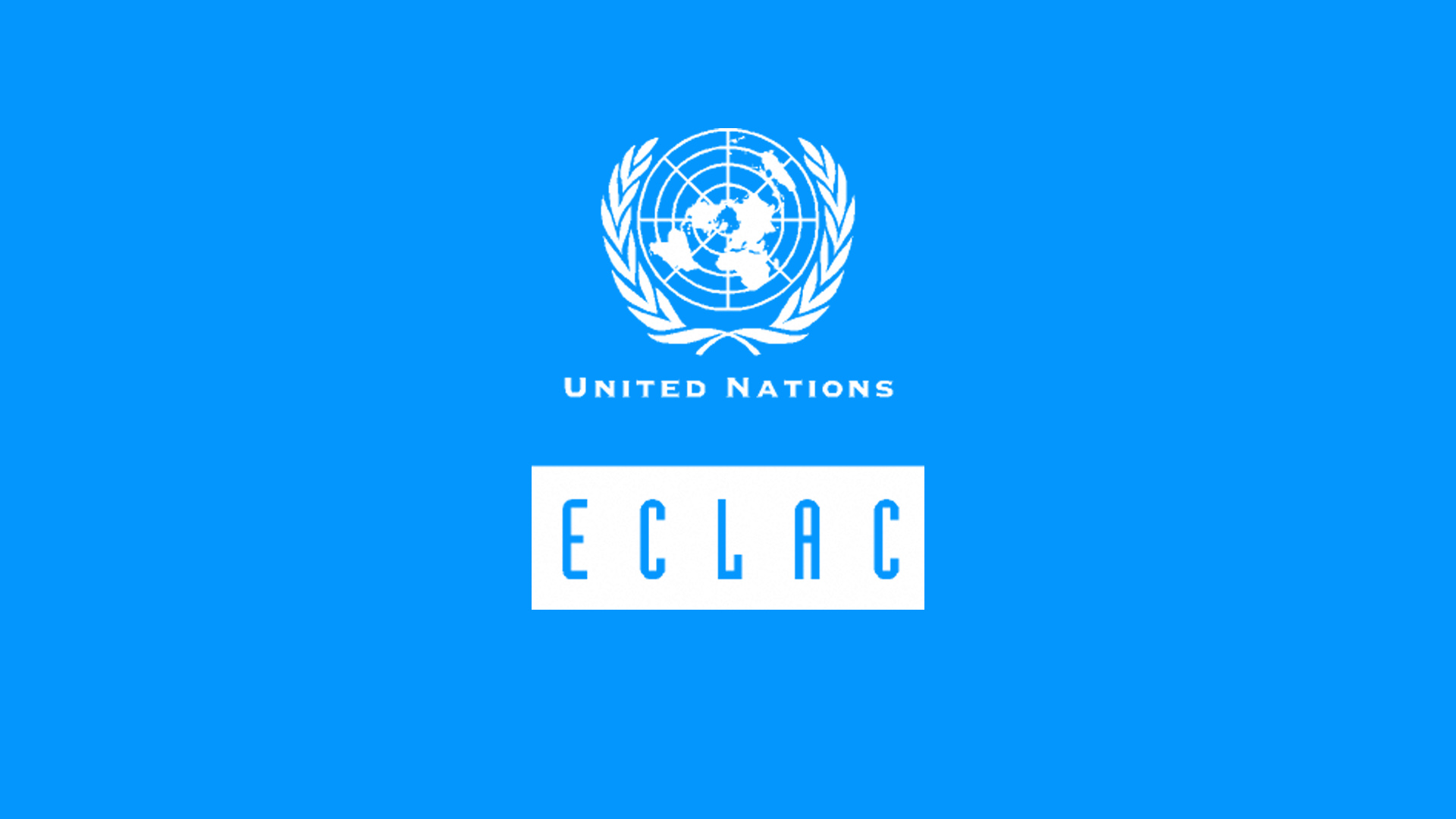The United Nations regional commission updated its growth projections for the region’s countries in 2022 and unveiled those corresponding to 2023.
The Economic Commission for Latin America and the Caribbean (ECLAC) indicated today in a press release that growth is forecast at 3.2% in 2022, above what was foreseen last August, but the organization expects the deceleration to intensify next year in Latin America and the Caribbean with growth of 1.4% in 2023, in a scenario subject to significant restrictions, both external and domestic.
The war between Russia and Ukraine negatively affected global growth – and with it, the external demand faced by the region this year – while also accentuating inflationary pressures, volatility and financial costs. Greater risk aversion, along with more restrictive monetary policy on the part of the world’s main central banks, harmed capital flows to emerging markets, including Latin America, while also fostering local currency depreciations and making it more onerous for the region’s countries to obtain financing.
According to ECLAC, in 2023 Latin American and Caribbean countries will have to face an unfavorable international context once again, with forecasts for a deceleration in both global growth and trade, higher interest rates, and less global liquidity.
On the domestic front, the region’s countries will confront a complex environment for fiscal and monetary policy again in 2023. In terms of monetary matters, the increase in inflation led central banks in the region, as in much of the world, to raise policy rates – in some cases, substantially – and to reduce the growth of monetary aggregates. Although it is foreseen that this process will come to an end in 2023 – to the extent that inflation expectations are effectively anchored in countries – the effects of this restrictive policy on private consumption and investment will remain present during 2023.
In the fiscal sphere, public debt levels will remain high in a large number of countries. In a context of high demand for public spending, measures will be needed to strengthen fiscal sustainability and to expand fiscal space by bolstering public revenue.
All the subregions are seen experiencing lower growth next year, according to ECLAC’s new projections. South America will grow by 1.2% in 2023 (versus 3.4% in 2022), the group made up of Central America and Mexico will expand by 1.7% (compared with 2.5% in 2022) and the Caribbean will grow by 3.1%, without including Guyana (versus 4.3% in 2022).
In South America, some countries are particularly affected by the low dynamism of China, which is an important market for their goods exports. This is the case, for example, of Chile, Brazil, Peru and Uruguay, which ship more than 30% of their merchandise exports to China (40% for Chile). South America will also be impacted by the decline in commodities prices and by restrictions on the space that public policy has to bolster activity. High inflation has affected real income and the effects on private consumption have already been observed in some countries as of the second half of this year, ECLAC warns.
For the economies of Central America and Mexico, the low dynamism of the United States – which is their countries’ main trading partner and top source of remittances – is seen affecting both the external sector as well as private consumption. In this case, however, lower commodities prices are seen working in their favor since several of them are net importers of food and energy. Finally, in the Caribbean economies, inflation has affected not only real income and therefore consumption, but also production costs, with a negative impact on the competitiveness of exports involving both goods and tourism, the Commission indicates. (https://www.cepal.org/en/pressreleases/eclac-foresees-growth-will-decelerate-latin-america-and-caribbean-2023-projected)




































